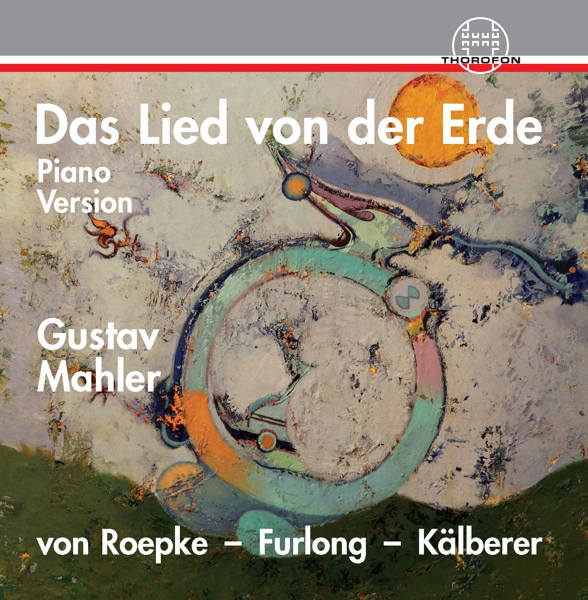Accessories |
My Account
|
Log In
|
English |
€ Euro |
Advanced Search
|
All Categories
BEST SELLER
500
NEW RELEASES
11.602
SPECIALS
240.037
Your search:
No selection
Filter results:
TECHNICS
291.406
GAMES/SOFTWARE
28.500
MUSIC
709.044
- Arts
1
- Electronic Music
53
- Minimal Music
920
- Modern Music
85
- Music&Words
13
- Neo-Romanticism
1
- Neoclassic
222
- New Simplicity
28
- OtherContemp.Music
246
- Polystilistic
5
- PopularModernMusic
16
- Serial Music
1
- Sound Effects
6
Other Classic
3.812
Symphonic Music
12.909
|
Music Movie Audiobooks Merchandise Children's |





















